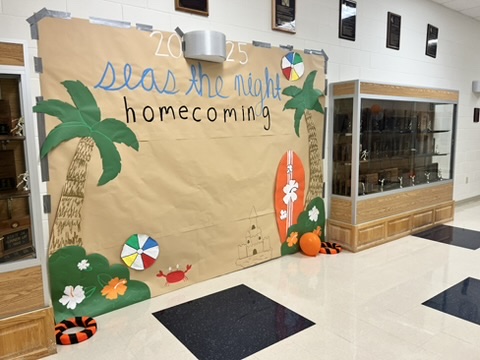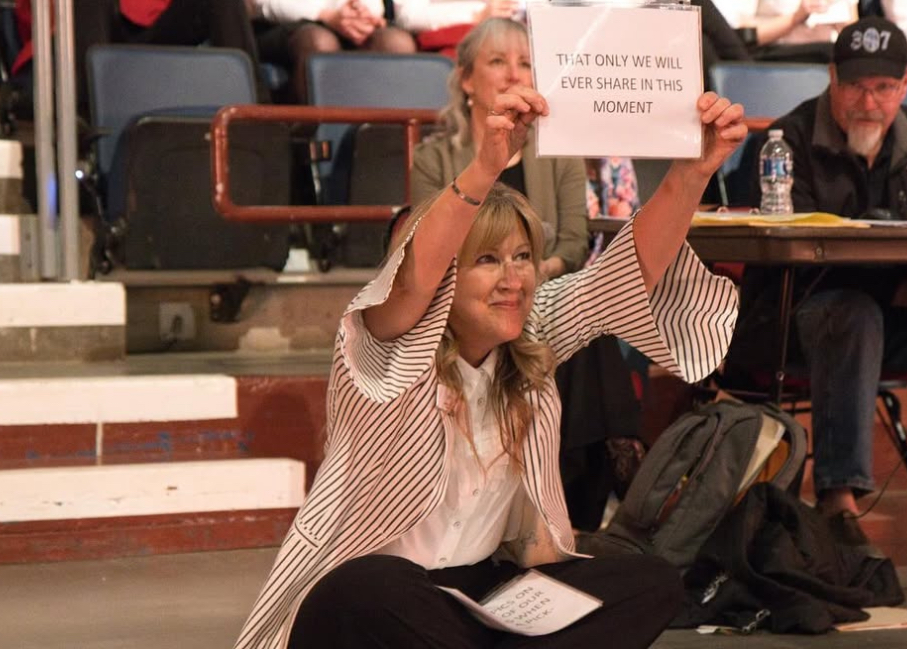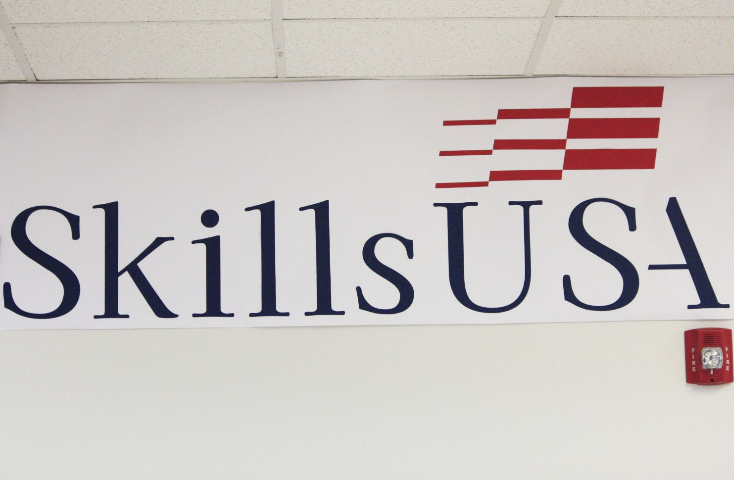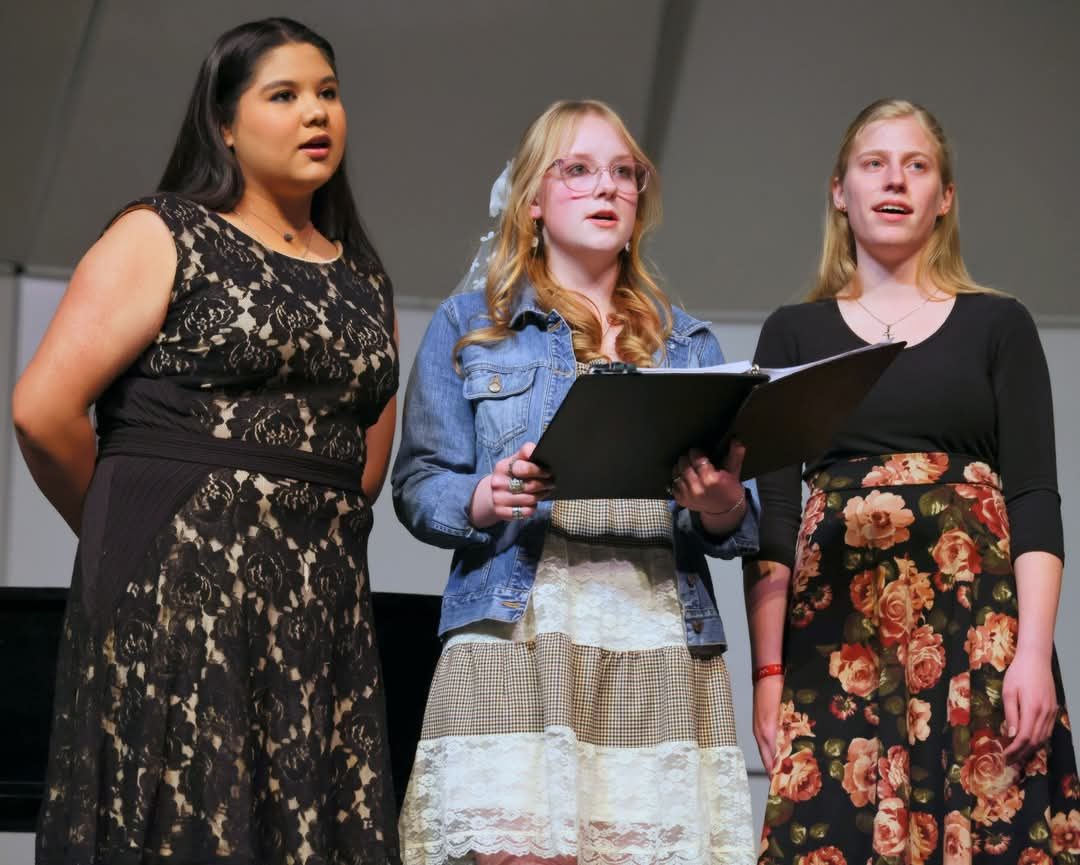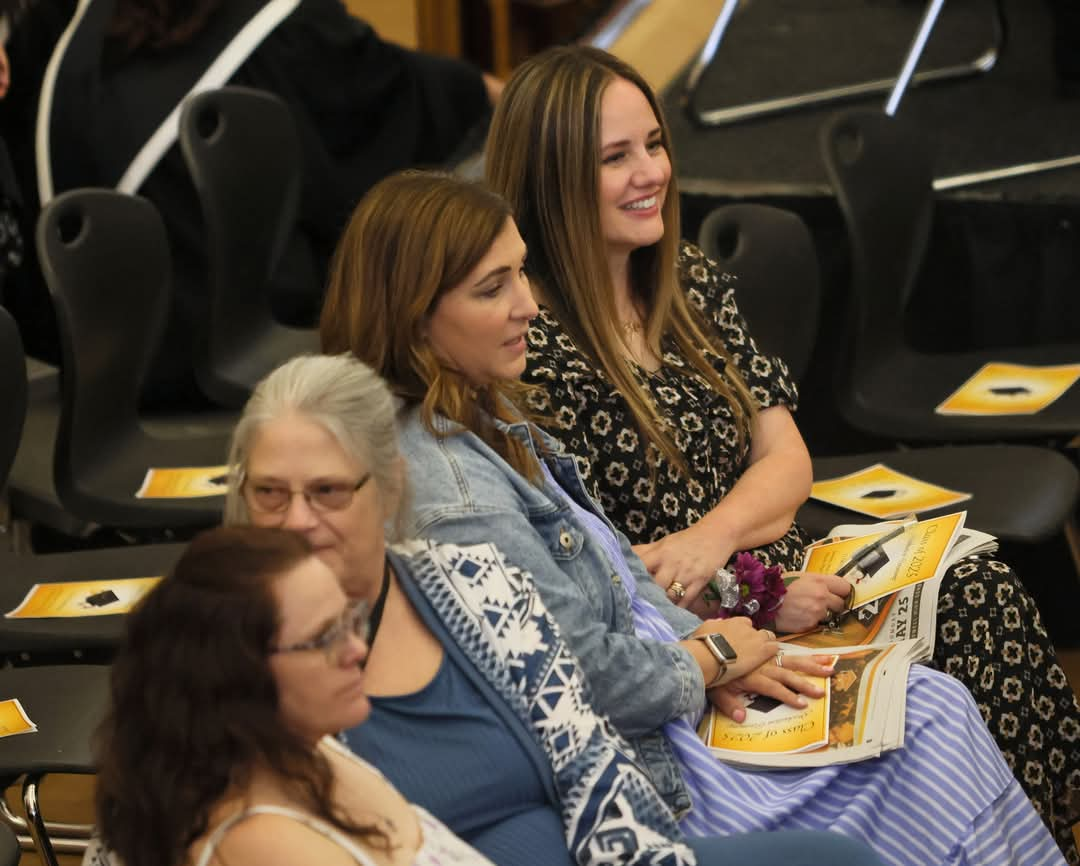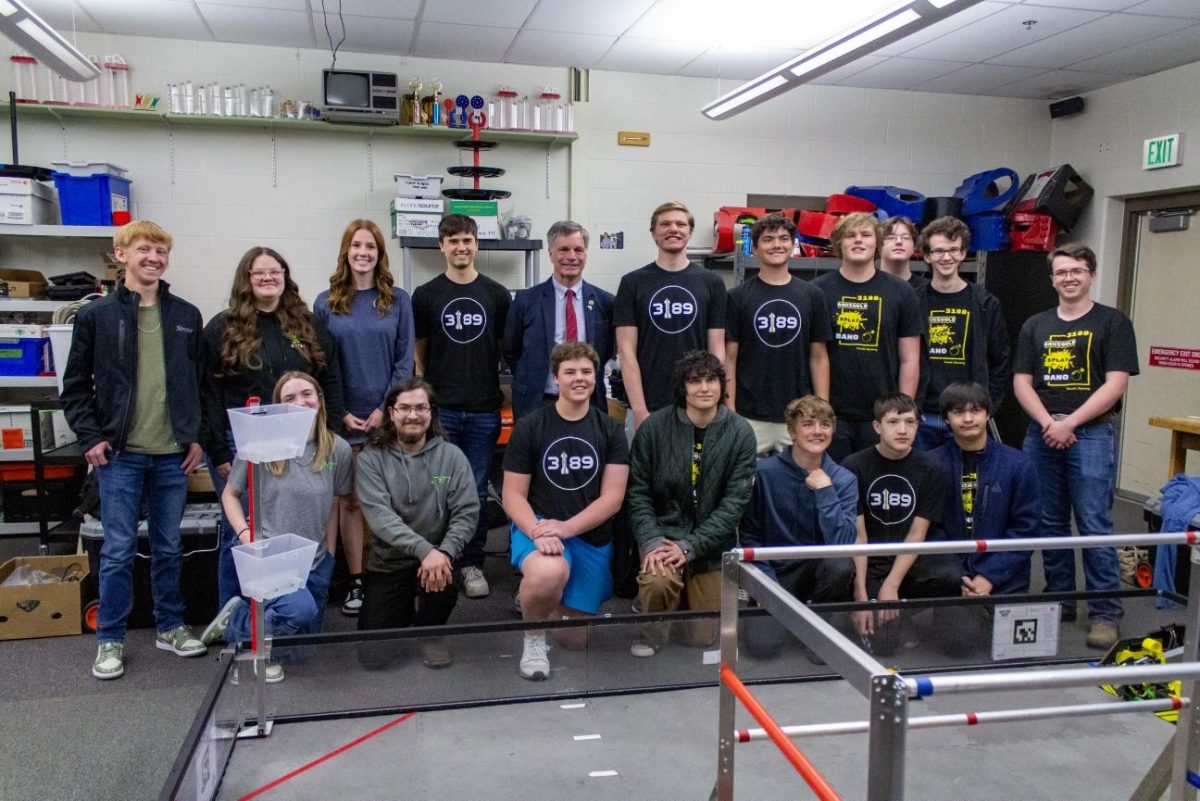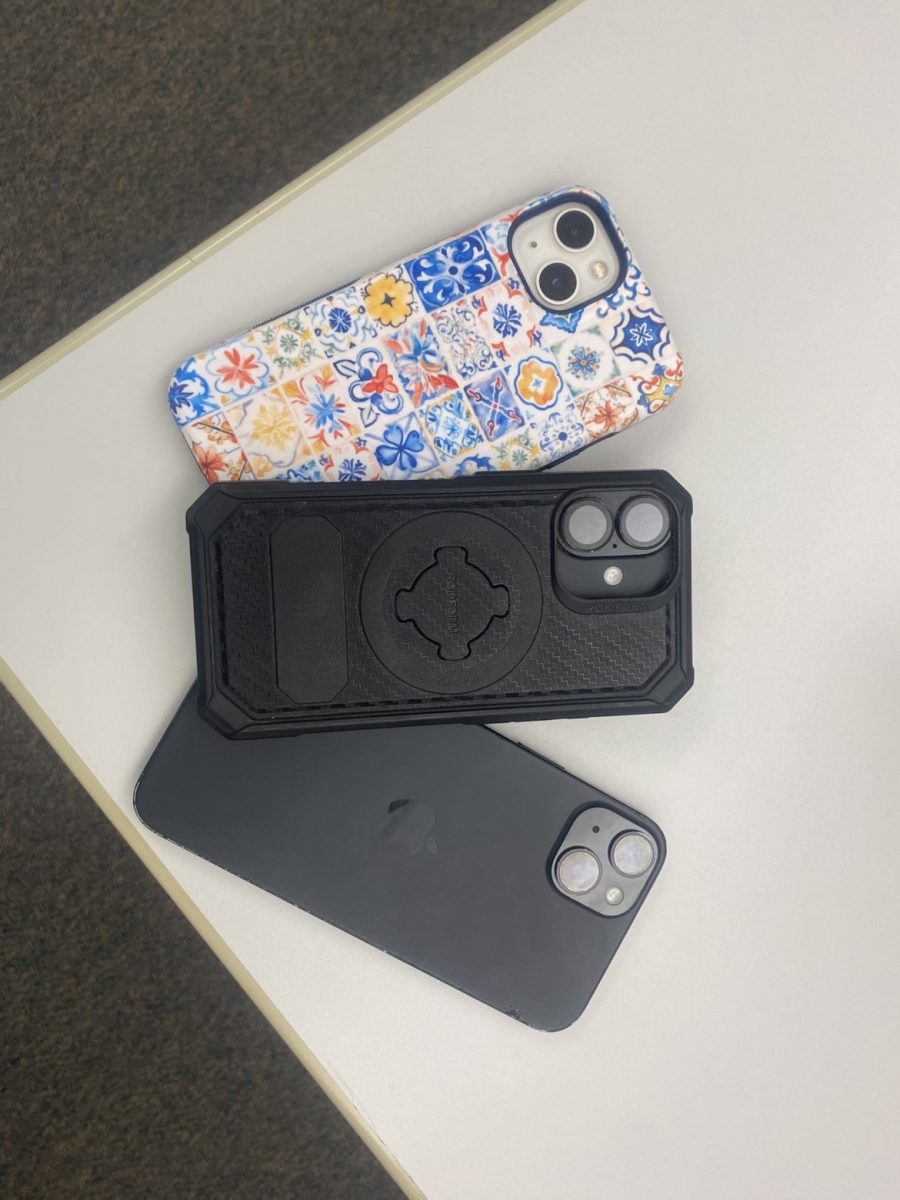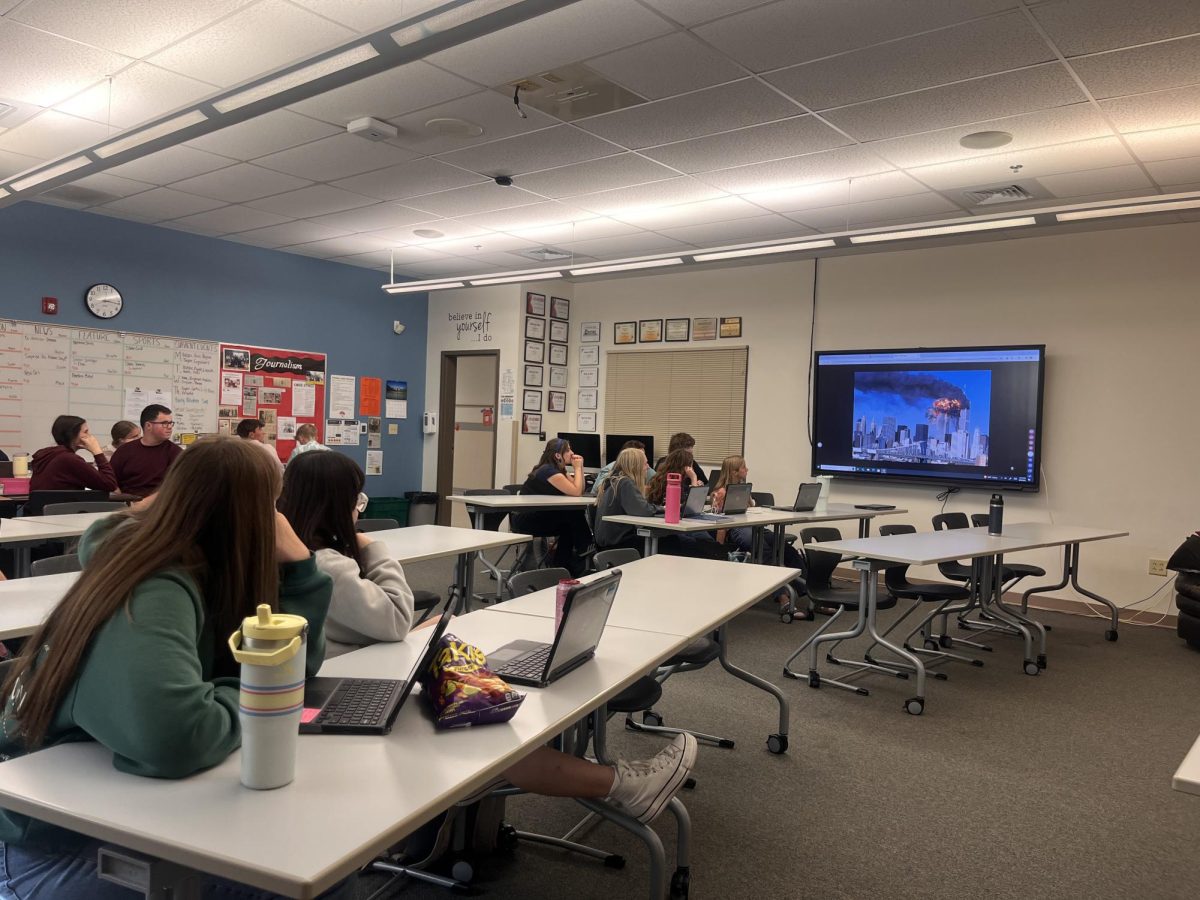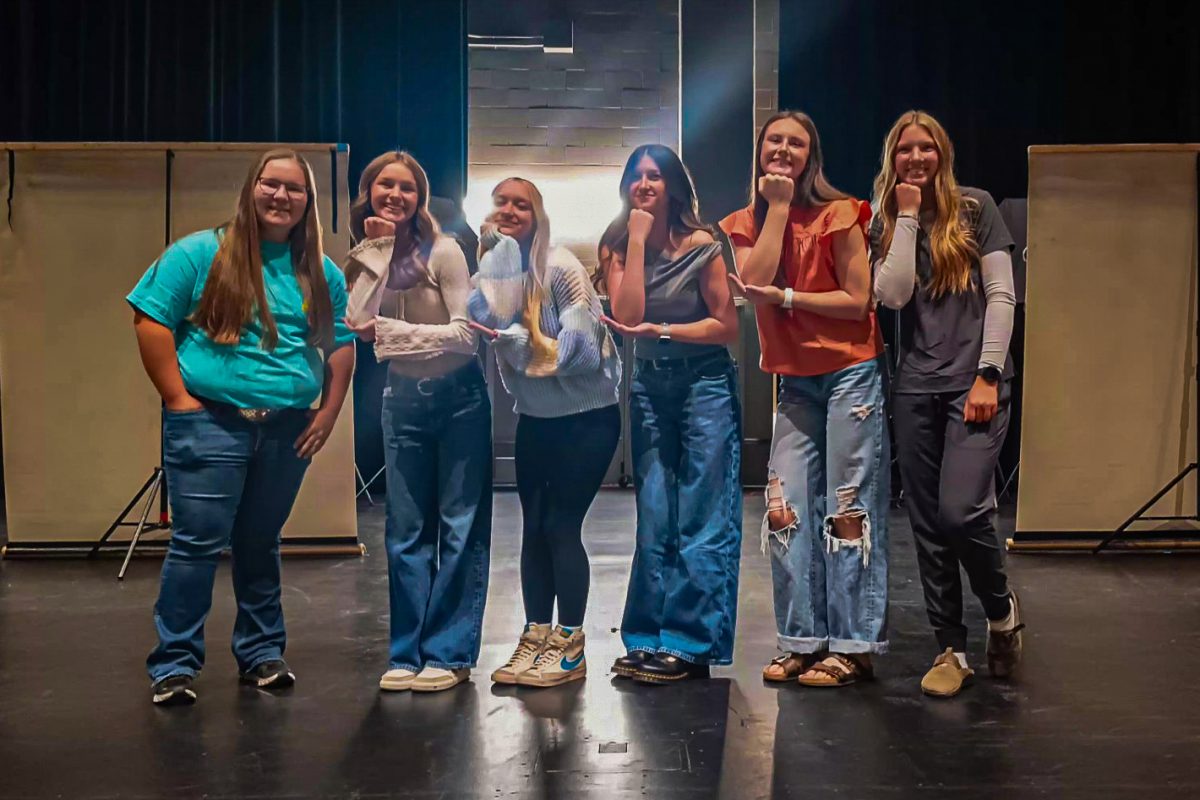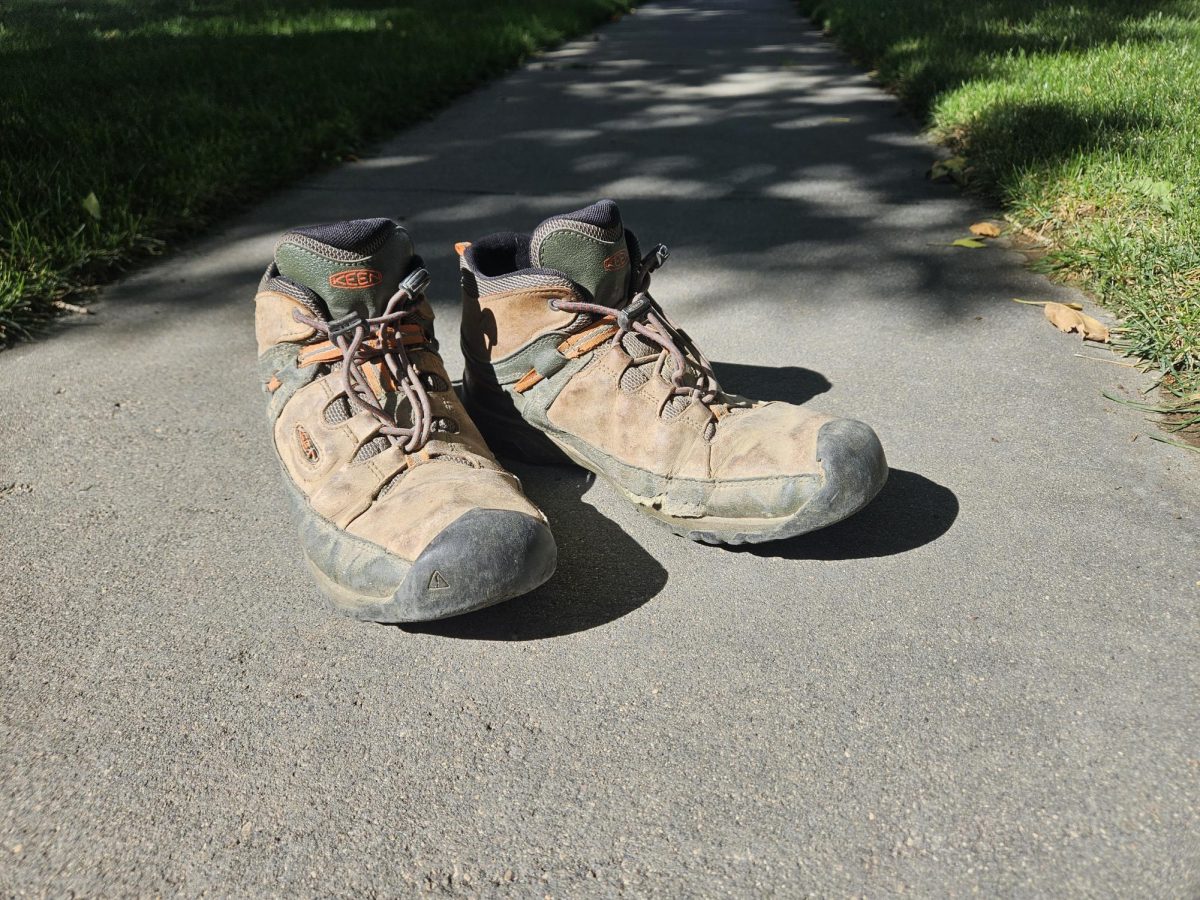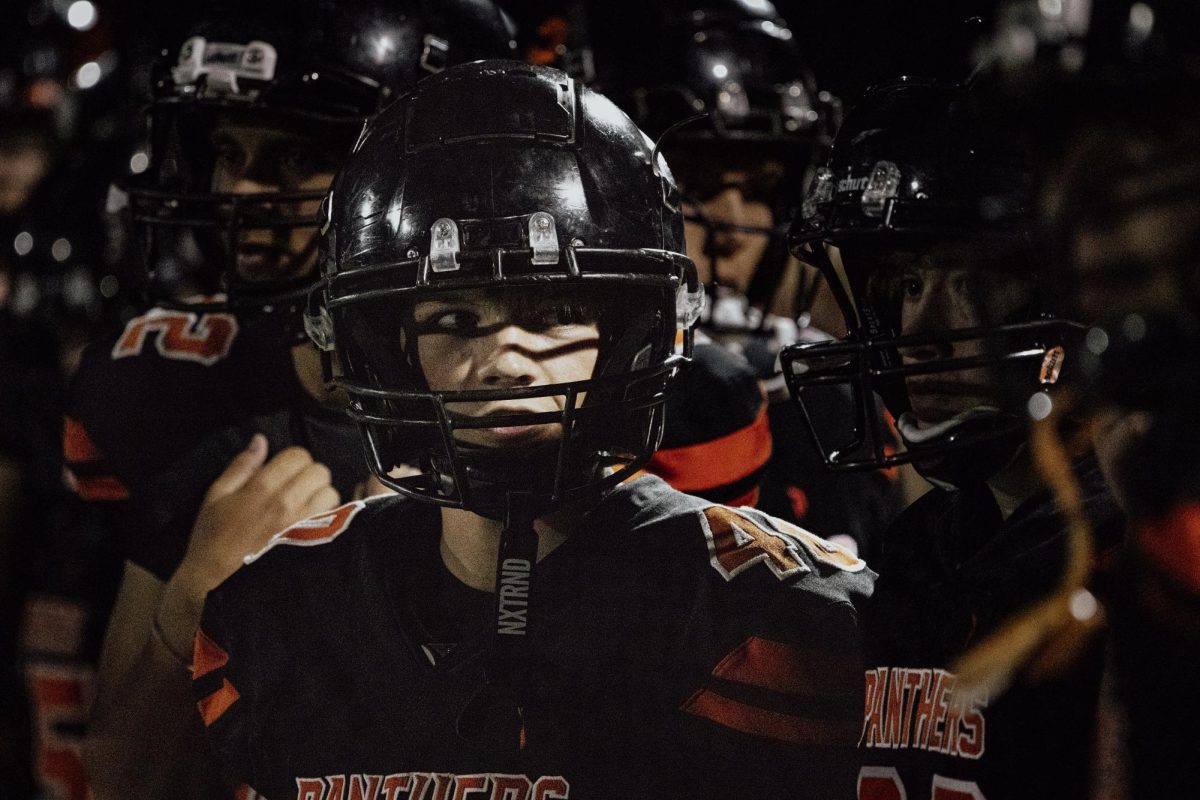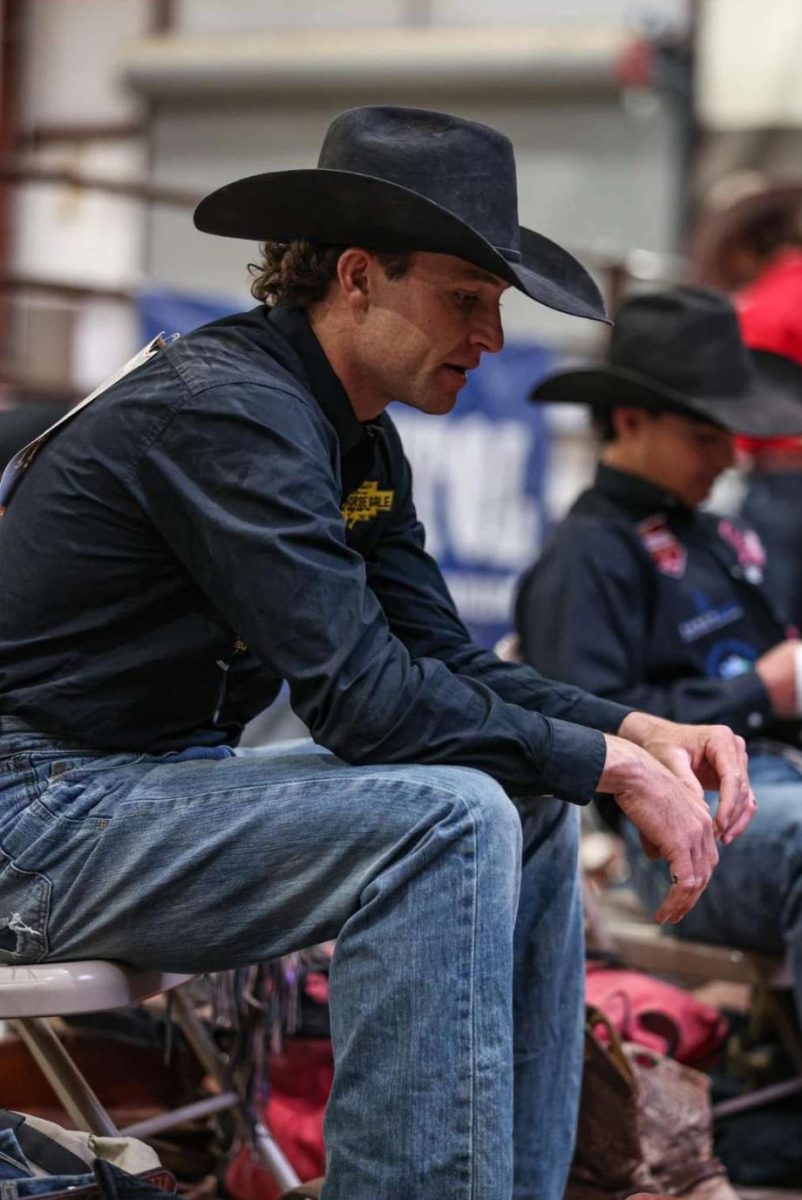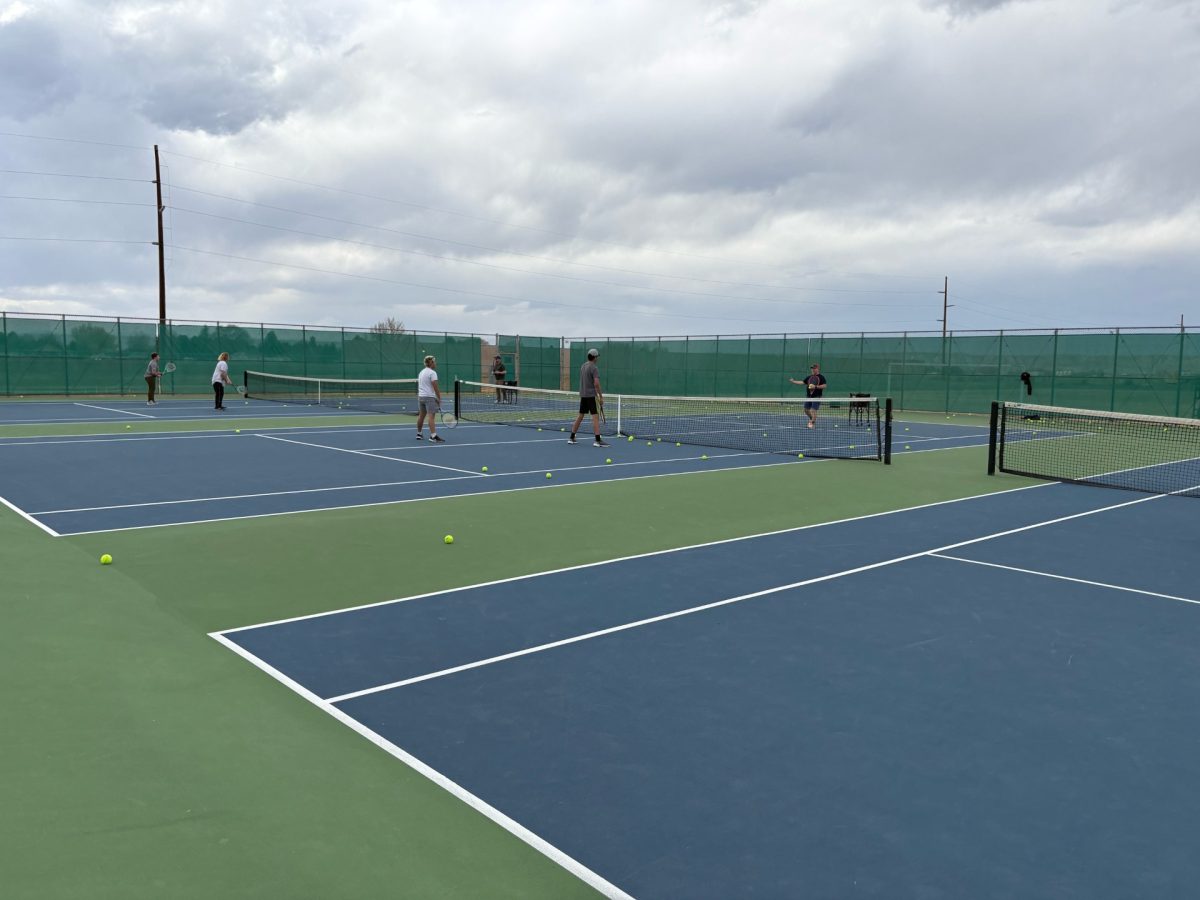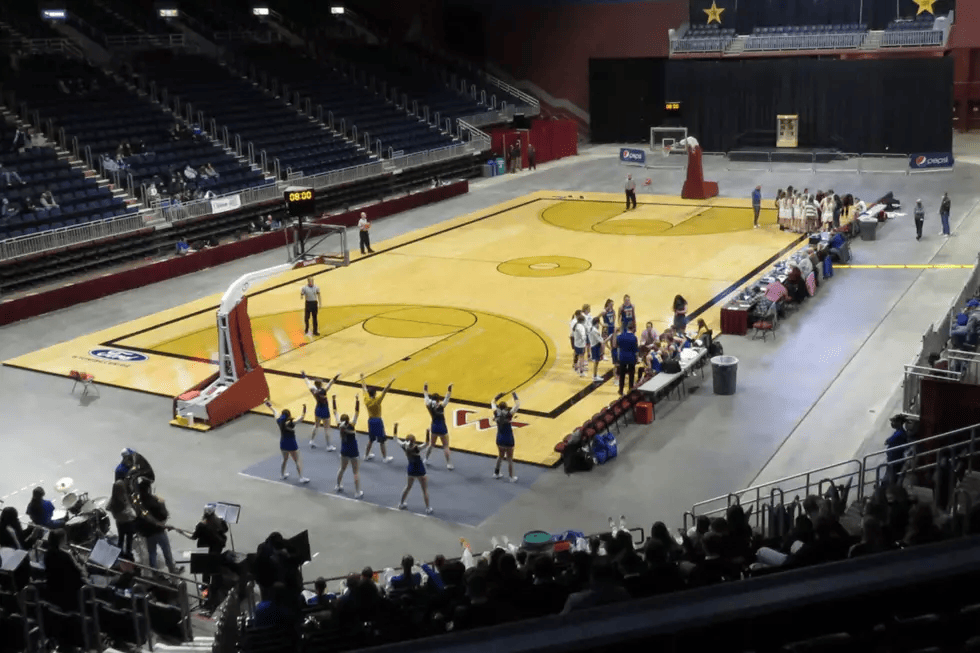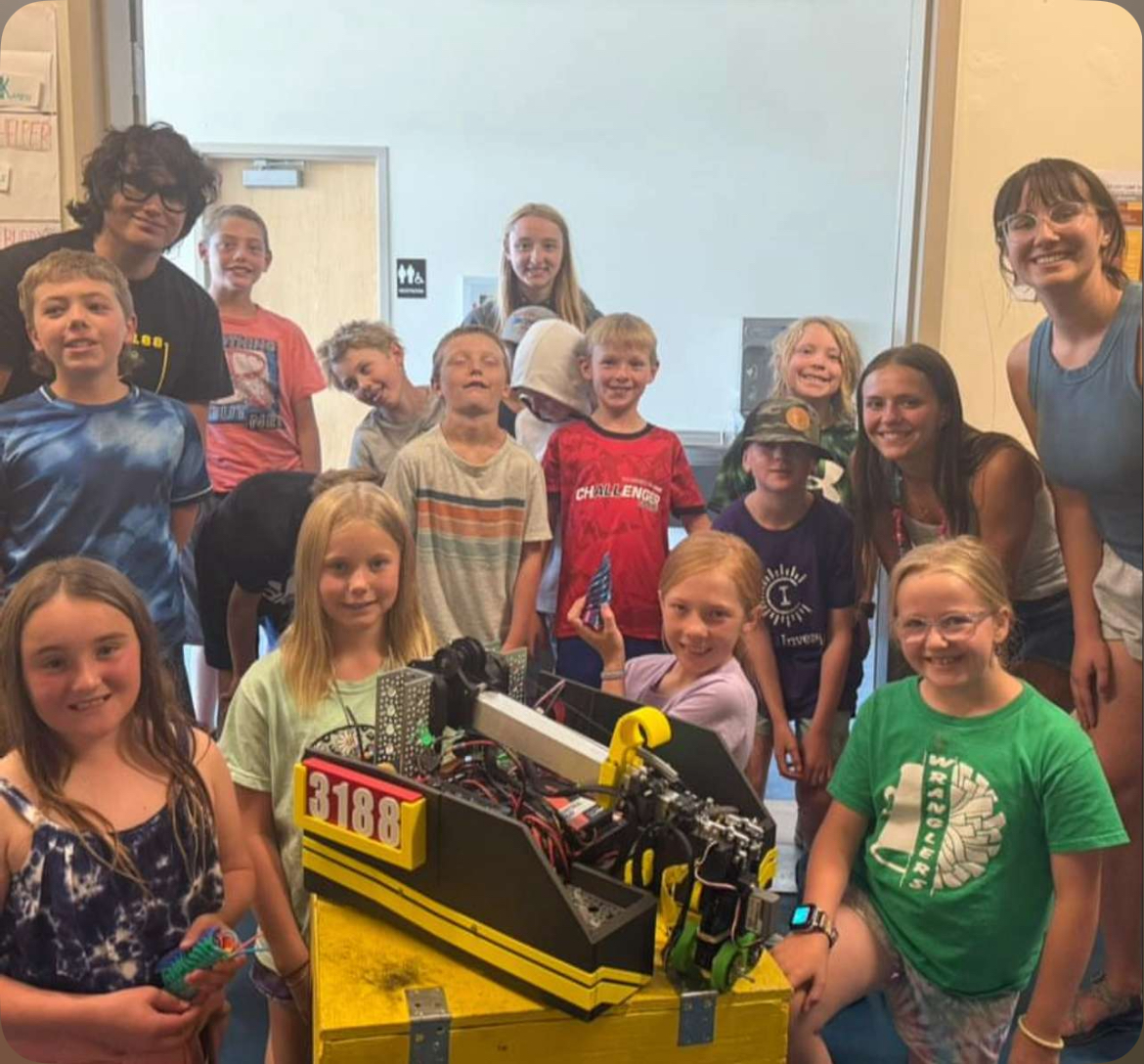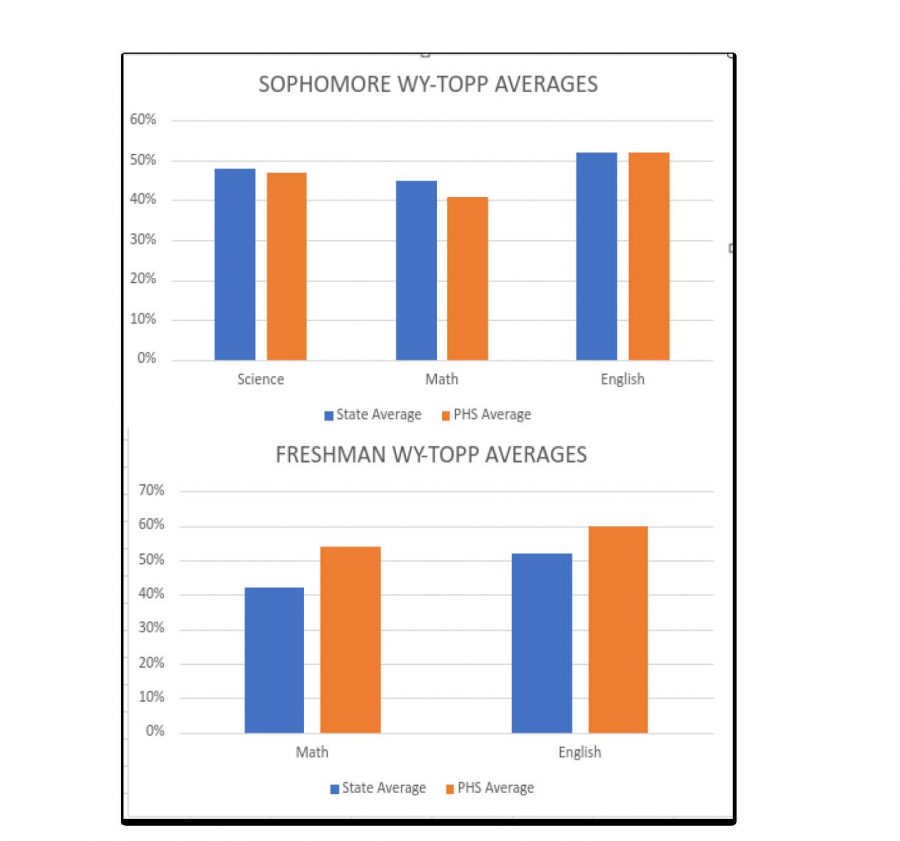BEYOND REPAIR
COVID-19 Pandemic effected PHS students and many other students around the globe
Prowl Illustration by: Gabby Paterson
PHS freshmen scored above average on WY-TOPP testing, whereas sophomores had mixed results.
Roll out of bed, turn the computer on, join the zoom meeting, roll back into bed and hop on Tik Tok to begin hours and hours of scrolling.
Where’s the motivation? Where’s the drive? It’s been gone for about a year now, and why would there be motivation? Some students haven’t walked into school in at least a year, and none of the assignments or grades really matter, right?
This cycle has become the new normal for students across the country. The COVID-19 pandemic forced schools to close for all in-person learning in March 2020 and part of 2021.But as the pandemic begins to fade, schools have started to reopen, and they are beginning to catch a glimpse of the damages the lockdown caused.
When remote learning was first set in motion, educators sensed there would be a problem with the lack of material being taught to the students and the way it was being taught. Throughout the pandemic, teachers were forced out of their element and had to learn how to teach from the back seat.
“I think teachers really narrowed down things to teach students [last year],” Athletics and Activities Director Mr. Scott McKenize said. “So the students possibly didn’t get a full plate of education because the teachers were just trying to get them enough essential skills to get them their credits.”
French and English teacher Mrs. Nan O’Neill struggled with learning how to use online programs to provide her students with their homework. The different environment also affected her day where she was having to designate time for her work while at home.
“I was having to learn on the fly,” Mrs. O’Neill said. “I was having to make time every day for my professional work in my family space was tough, especially since my family was also there.”
According to Brown University, students were to return in the fall 2020 with a 63-68% learning loss versus the normal, typical school year with summer break with only 37-50% learning loss. This deficiency was caused by factors such as students losing direct communication with teachers, the structure of their day being changed, their motivation and the environment associated with not being able to be in the classroom.
“I do not work well online,” freshman Joe Bucher said. “I got behind and I couldn’t comprehend or compute what was going on, which was tough to get back from, and I had no drive to do anything at home. But at school I’m just in that mindset that I’m here, I might as well get stuff done.”
Online school limited assignment and project options immensely which led to students being graded more so on participation rather than performance. In person learning has allowed for students to better connect with their teachers and be more engaged in their learning.
“Doing in-person school also allows for a variety of different projects since we can use school resources and have easier access to peers for partner assignments,” sophomore Josie Griffin said. “Actually being in school helps me learn better because it gives me a dedicated time to do my work without other distractions.”
The students aren’t alone in their opinions of in person school being more beneficial to their education.
“I am a big believer in face-to-face [instruction],” Mr. McKenzie said. “Teachers can read students’ faces to understand if they get it or not, students are right there to ask questions [and] there’s time to go over things more times because teachers just have the feeling students need more help.”
Academics weren’t the only aspect that was affected by the pandemic. Teachers had to provide students with their school work online and the administration was obligated to be flexible with students missing school due to sickness which caused the attendance rates to plummet.
“I think a lot of kids didn’t come to school because they could Zoom in or they were smart enough to do stuff online,” Mr. McKenzie said. “And I think that’s going to change back to the way it traditionally was with the ten absences will be the number [that is enforced].”
One way students at PHS were assessed in their learning was the statewide WY-TOPP test. The purpose of WY-TOPP is to see where students are proficient or where they need more help, but these tests do not count towards any of the students’ grades or transcript. Sophomore Katie Beavers felt relatively prepared for the test.
“WY-TOPP felt like it went pretty well,” Beavers said. “I don’t think the lockdown last year really affected me because I still did everything at home.”
The state-wide standardized test does not affect students’ GPA and colleges and other schools do not use these scores to determine a students abilities, therefore making the drive to actually do well on the test very low.
Scores varied for PHS’ freshman and sophomore classes (see charts). The freshmen scored above the state average in math and English, while the sophomores were either at or below the state average in math, science and English.
“It was hard to focus,” Beavers said. “People were going really fast and kept leaving which was annoying, but I knew I still needed to take my time and do a good job.”
But, there are some students who realize these scores will affect the classes they can. For example, if the scores are low, students will be put through remedial classes instead of offering more advanced classes.



